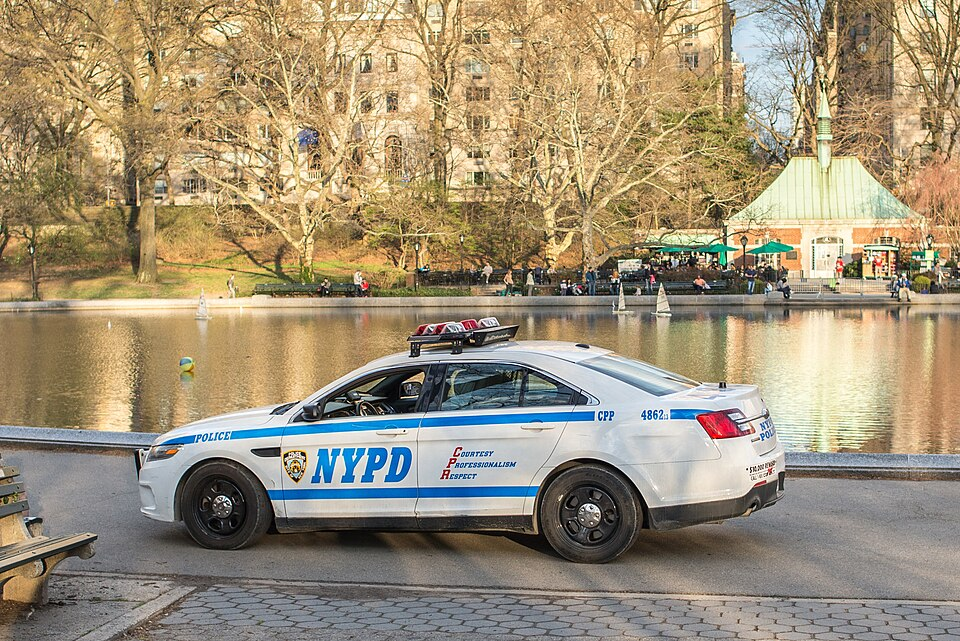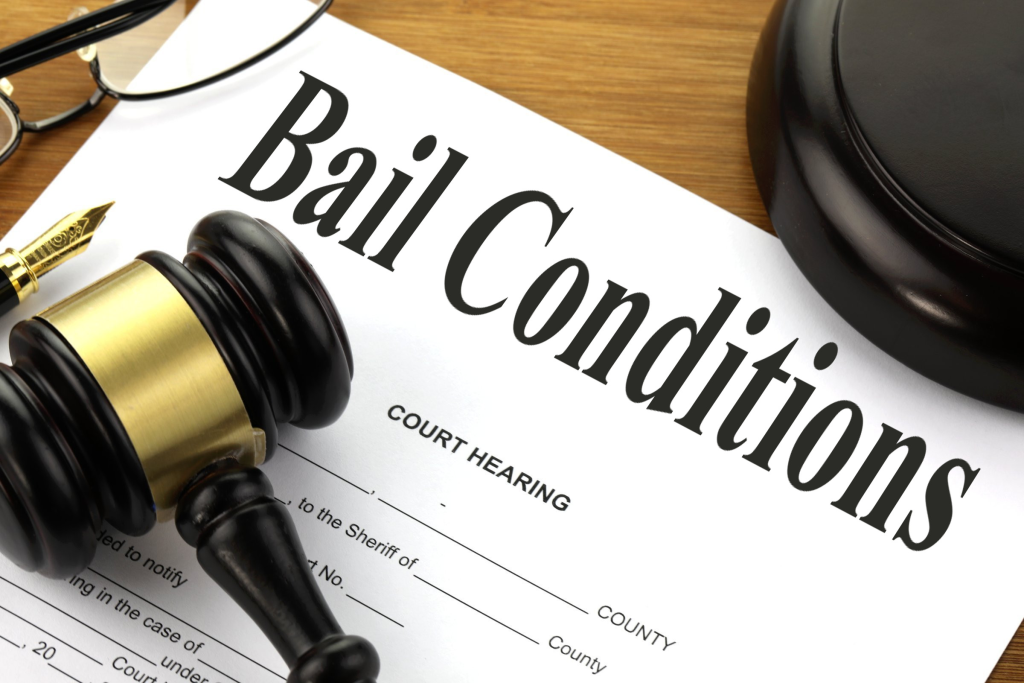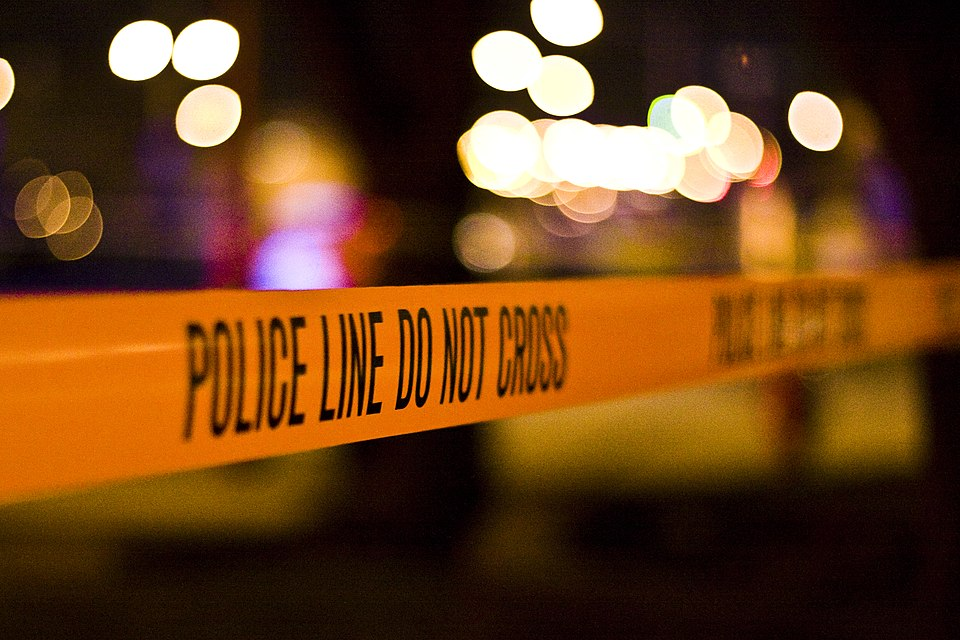
What I’m witnessing on tape isn’t the Cincinnati that I love and know,” Hamilton County Prosecutor Connie Pillich said in reaction to a taped downtown beating that shocked the city and made national headlines. The beating, which left several victims seriously injured, has ignited a controversial debate over public safety, police manning, and crime-fighting policy in the city.

Six have been indicted with violent crimes by a grand jury in the weeks since then, and city officials have been running to meet the reality as well as the appearance of safety in the city center of Cincinnati. From bail reform wars to curfew enforcement curfews making sure the city’s curfew is upheld, the crime has been the tipping point in how the Queen City will address violent crime.
Here’s the recap of the most significant developments and what they could potentially portend for the future of safety and justice in Cincinnati.

1. Six Indictments, Decades of Prison Time Possible
Patrick Rosemond, Jermaine Matthews, Montianez Merriweather, DeKyra Vernon, Dominique Kittle, and Aisha Devaughn were each indicted by the Hamilton County grand jury on three charges of felonious assault, three charges of assault, and two charges of aggravated rioting. The prosecutors clarified that both would face nearly 30 years in prison if convicted. Court records indicate some of the defendants were released on bail for previous convictions, which were decried by the public as repeat offenders who are free to roam the streets. Merriweather, for example, was out on a previous case of felony and now faces a federal weapons charge separate from the altercation.

2. Bail Policies Under Fire
Republican mayoral hopeful Cory Bowman has employed the case to decry what he calls a “catch-and-release system.” He cites suspects like Matthews, who had paid bail prior to committing the attack, to support his claim that liberal bail policies set violent criminals back on to the streets. His view is the antithesis of statewide reform attempts to limit pretrial detention, in line with study that holds 90% of jail inmates pretrial are incarcerated because they are unable to afford bail. The dispute does uncover a deeper policy divide: to increase or decrease bail best protects public safety.

3. Mayor Pureval’s Safety Strategy
Cincinnati Mayor Aftab Pureval condemned the attack and reiterated that “there is no room for violent crime in Cincinnati.” He responded with additional police on the streets in the central downtown, deploying mobile task forces, and issuing a longer special curfew to young people in high-density neighborhoods like Over-the-Rhine. The measures will discourage crime, Pureval said, and offer a “softer landing” for young criminals, with curfew breakers being sent to community centers instead of detention.

4. Reality and Perceptions of Crime
City statistics show about 15,000 offenses reported so far this year, roughly equal to last year’s number, though violent and property crime in some downtown districts is higher. Pureval concedes that “if you don’t feel safe, no matter what the numbers are, that’s a problem.” His remedy is to couple statistical monitoring with exposure to public view, i.e., foot patrol and greater availability of cameras, to fix both quantity and safety perception.

5. In the Courtroom Drama
Hearings on arraignment have yielded dramatically divergent accounts. Lawyers for certain defendants label the fight “nothing more than an alcohol-fueled fist fight,” whereas prosecutors characterize highly orchestrated, premeditated attacks that left victims concussed and with traumatic brain injury. Judges have lowered bonds for multiple suspects, in a few instances lowering them significantly, to applause from supporters and outrage from detractors.

6. Federal and State Partnerships
As a result of the attack, the city has accepted Gov. Mike DeWine’s proposal of Ohio State Highway Patrol resources, which will make it possible for Cincinnati police to be diverted to violent crime duty. The patrol will provide assistance in aerial surveillance and assisting in combating parole violations. In addition, 3CDC committed 24/7 staff at its garages and availability of its camera system for police use, providing surveillance to the city.

7. Bail Reform’s Larger Context
The case has re-ignited debate regarding Ohio’s bail system. Reformers have argued that money bail discriminatorily targets poor and minority defendants, who fill 69% of Franklin County jail beds but represent just 13% of state residents. Legislative action pending legislation would establish a presumption of release within 24 hours unless the judge identifies a particular threat, reducing jail overcrowding and health benefits. Critics warn, however, that it would facilitate more avoidable crimes like the downtown assault.

The downtown assault has become more than a criminal case it’s a catalyst for Cincinnati’s broader reckoning with crime, justice, and community trust. Whether through tougher bail enforcement, expanded police presence, or systemic reform, the city’s next steps will shape not only its safety statistics but also how safe its residents feel walking their own streets.


